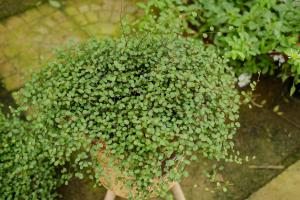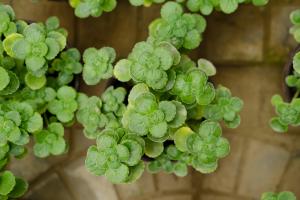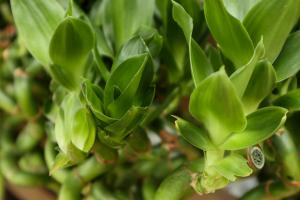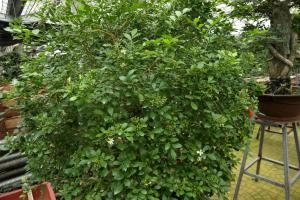Can You Plant Bare Root Trees in Summer?
Planting trees is a great way to enhance your outdoor space and make it more beautiful. Bare root trees are a popular choice among homeowners and landscapers, due to their affordability and easy handling. However, the question remains whether these trees can be planted in summers or not. In this article, we will explore this topic and provide you with important insights.
The Advantages of Planting Bare Root Trees
Bare root trees are commonly sold during the winter and early spring months when they are dormant. However, some nurseries and online retailers offer them throughout the year. One of the major advantages of bare root trees is that they are relatively inexpensive compared to container-grown trees. They are also lighter and easier to transport, making them an ideal choice for DIY gardeners.
Bare root trees are also known to establish quickly, as they have fewer leaves and smaller root systems. They also adapt better to new soil conditions, making them more resilient to pests, diseases, and weather changes. Additionally, planting bare root trees in summers can help them establish a deep root system before winter arrives, which is crucial for their survival and growth.
Things to Consider When Planting Bare Root Trees in Summer
While planting bare root trees in summers offer several benefits, you need to keep in mind some important factors to ensure their successful growth. First and foremost, you need to choose the right tree species that can thrive in your climate and soil type. Consult a local expert or a plant database to find out which trees are suitable for your region.
Secondly, you need to prepare the planting site properly by removing any weeds, rocks, or debris that may hinder the tree's growth. Bare root trees require a well-drained soil that is rich in organic matter and nutrients. You can amend the soil with compost, peat moss, or fertilizer to improve its quality and structure.
Thirdly, you need to follow proper planting techniques to avoid damaging the roots or trunk of the tree. Dig a wide and shallow hole that can accommodate the spread-out roots without bending or breaking them. Make sure the tree is planted at the same depth as it was in the nursery or container. Water the tree thoroughly after planting and mulch the surrounding area to retain moisture and prevent weeds.
The Risks of Planting Bare Root Trees in Summer
Planting bare root trees in summers can also pose some risks, especially if you live in a hot and dry climate. The main risk is drought stress, which can cause the tree to wilt, droop, or die. To prevent this, you need to water the tree regularly, especially during the first few weeks after planting. Use a soaker hose or drip irrigation system to deliver water directly to the roots and avoid wetting the leaves or trunk of the tree, which can lead to fungal diseases.
Another risk is heat stress, which can cause the tree to scorch, bleach, or suffer from sunburn. To prevent this, you need to provide the tree with some shade or shelter during the hottest hours of the day. You can use a piece of burlap or shade cloth to cover the tree or plant it in a partially shaded area. Avoid fertilizing the tree during the first year of planting, as it can stimulate rapid growth and weaken the tree's root system.
The Bottom Line
In conclusion, planting bare root trees in summers is possible, but it requires careful planning and execution. It is advisable to plant young bare root trees in early summer or late summer, when the weather is mild and moist. Choose the right tree species, prepare the planting site, and follow proper planting techniques to ensure the tree's healthy growth. Keep an eye on the tree's water and nutrient needs, and protect it from extreme weather conditions. With some patience and care, you can enjoy a thriving and beautiful tree in your garden.

 how many times do yo...
how many times do yo... how many planted tre...
how many planted tre... how many pine trees ...
how many pine trees ... how many pecan trees...
how many pecan trees... how many plants comp...
how many plants comp... how many plants can ...
how many plants can ... how many plants and ...
how many plants and ... how many pepper plan...
how many pepper plan...

































